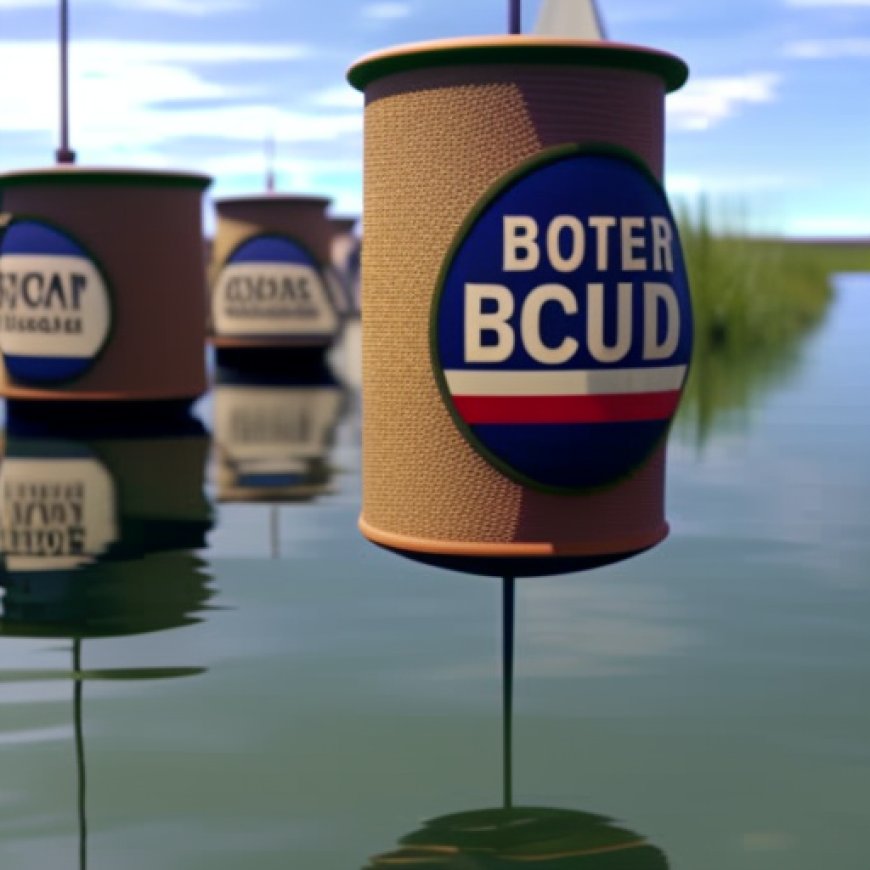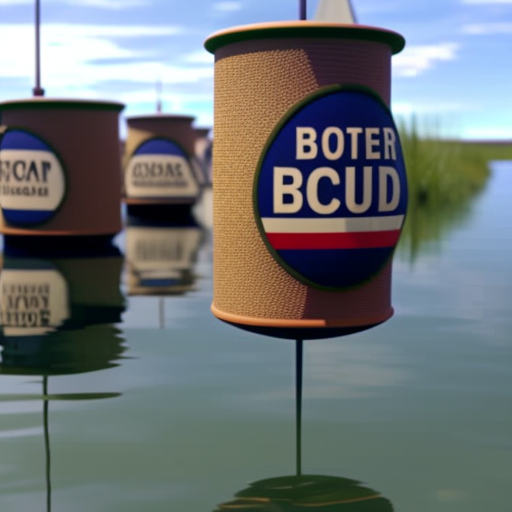Environmentalists raise concerns over border buoy installation impact on Rio Grande ecosystems
Environmentalists raise concerns over border buoy installation ... KSAT San Antonio


EAGLE PASS, Texas

Concerns over Marine Barrier’s Impact on River’s Natural Flow and Aquatic Ecosystems
EAGLE PASS, Texas – The marine barrier, intended to enhance border security along the Texas-Mexico border, is raising concerns over the potential hazards to the river’s natural flow and aquatic ecosystems.
Impact of Border Fence on Flooding and Ecosystems
Dr. Adriana Martinez, a geo-fluvial morphologist who studies rivers, has conducted extensive research on the impact of the border fence on flooding, particularly in Eagle Pass. She has published two peer-reviewed studies on the subject.
In 2008-2009, approximately 1,000 kilometers (620 miles) of fencing was built along the U.S.-Mexico border. Martinez asserts that the problems have only worsened since then.
Additional infrastructure, such as empty shipping containers, razor wire, and buoys, has been installed along the floodplain in the Rio Grande. According to Martinez, these structures are altering the flow of water during flooding events and causing various negative consequences.
Consequences of Altered River Flow
Martinez explains that changing the flow of the river can have dire consequences. It can lead to unexpected changes in water depth, increased erosion, and destruction of islands within the channel. These alterations pose risks to human safety and disrupt the natural balance of the river ecosystem.
Impact on Aquatic Ecosystems
The installation of foreign infrastructure and the use of heavy machinery during construction also have detrimental effects on the river’s ecosystems. The disturbance caused by bulldozers and sediment churned up during installation affects various organisms, from small bugs to larger fish, disrupting the food chain and damaging habitats.
Water Quality Concerns
The Rio Grande serves as a vital water source for the region. Martinez warns that the alteration of the river’s flow and the disturbance of sediment can compromise water quality downstream, affecting the entire region’s drinking water supply.
Call for Restoration and Action
Martinez emphasizes the need for immediate action to reverse the damage caused by the marine barrier and associated infrastructure. She suggests investing in stream restoration projects, replanting vegetation, and reestablishing islands that have been destroyed. Martinez believes that at least as much funding should be allocated to restoration efforts as was spent on installing the buoys.
Personal Connection and Professional Concern
Martinez, who was born and raised in Eagle Pass, has a personal connection to the issue. She expresses her empathy for the people directly affected by the damage to their properties and the river itself. As a scientist and river enthusiast, she is deeply concerned about the long-term consequences of the current state of the community and the river.
RELATED ON KSAT.COM
- Body found stuck in buoys Texas installed in the Rio Grande
- Texas is using disaster declarations to install buoys and razor wire on the US-Mexico border
- US Rep. Joaquin Castro, Democratic delegation voice concern over buoys, razor wire placed near Eagle Pass
- Buoy installation at border prompts Eagle Pass business owner to file lawsuit against Texas
SDGs, Targets, and Indicators
1. Which SDGs are addressed or connected to the issues highlighted in the article?
- SDG 6: Clean Water and Sanitation
- SDG 13: Climate Action
- SDG 15: Life on Land
2. What specific targets under those SDGs can be identified based on the article’s content?
- SDG 6.6: By 2030, protect and restore water-related ecosystems, including mountains, forests, wetlands, rivers, aquifers, and lakes.
- SDG 13.1: Strengthen resilience and adaptive capacity to climate-related hazards and natural disasters in all countries.
- SDG 15.1: By 2020, ensure the conservation, restoration, and sustainable use of terrestrial and inland freshwater ecosystems and their services.
3. Are there any indicators mentioned or implied in the article that can be used to measure progress towards the identified targets?
- Indicator for SDG 6.6: Proportion of water bodies with good ambient water quality.
- Indicator for SDG 13.1: Number of deaths, missing persons, and directly affected persons attributed to disasters per 100,000 population.
- Indicator for SDG 15.1: Proportion of important sites for terrestrial and freshwater biodiversity that are covered by protected areas.
Table: SDGs, Targets, and Indicators
| SDGs | Targets | Indicators |
|---|---|---|
| SDG 6: Clean Water and Sanitation | Target 6.6: By 2030, protect and restore water-related ecosystems, including mountains, forests, wetlands, rivers, aquifers, and lakes. | Indicator: Proportion of water bodies with good ambient water quality. |
| SDG 13: Climate Action | Target 13.1: Strengthen resilience and adaptive capacity to climate-related hazards and natural disasters in all countries. | Indicator: Number of deaths, missing persons, and directly affected persons attributed to disasters per 100,000 population. |
| SDG 15: Life on Land | Target 15.1: By 2020, ensure the conservation, restoration, and sustainable use of terrestrial and inland freshwater ecosystems and their services. | Indicator: Proportion of important sites for terrestrial and freshwater biodiversity that are covered by protected areas. |
Behold! This splendid article springs forth from the wellspring of knowledge, shaped by a wondrous proprietary AI technology that delved into a vast ocean of data, illuminating the path towards the Sustainable Development Goals. Remember that all rights are reserved by SDG Investors LLC, empowering us to champion progress together.
Source: ksat.com

Join us, as fellow seekers of change, on a transformative journey at https://sdgtalks.ai/welcome, where you can become a member and actively contribute to shaping a brighter future.







